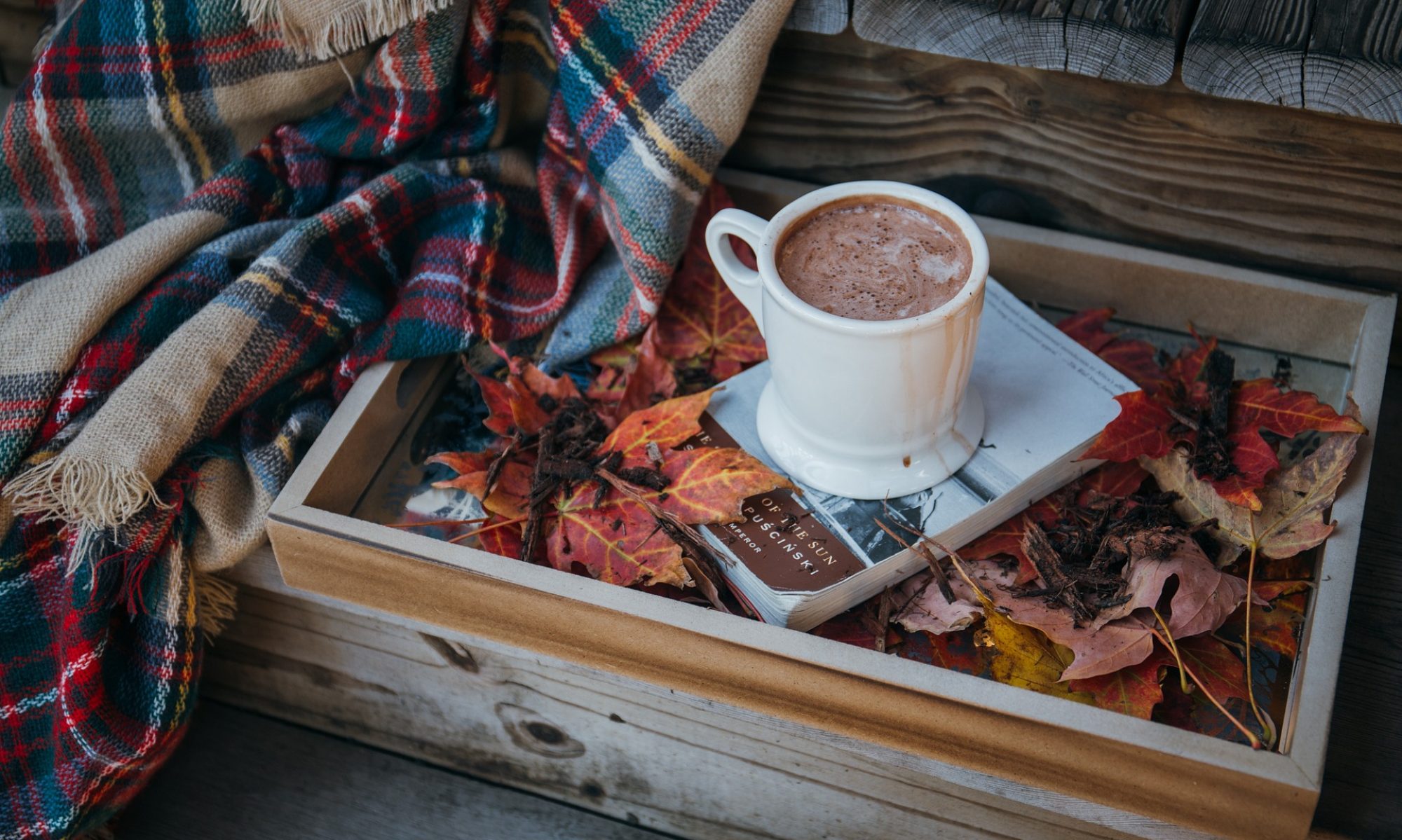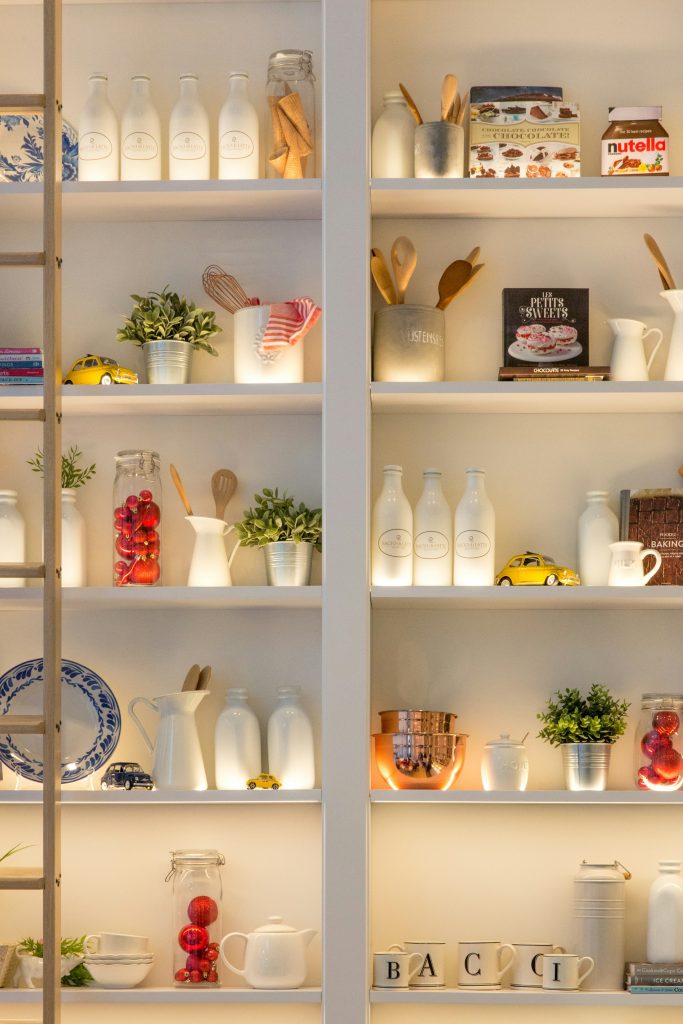Table of Contents
Houseplants not only enhance the aesthetic of your home but also improve air quality and create a calming atmosphere. However, for beginners, taking care of plants can seem daunting, especially when it comes to knowing how much water and light they need. Fortunately, many plants are quite resilient and easy to care for. This article will explore seven beginner-friendly houseplants, offering advice on how to water them and what type of light they thrive in.
Continue reading “7 Easy Houseplants for Beginner: A Guide to Care, Watering, and Lighting”










